Phone: (714) 695-1566
Fax: (714) 695-1553
Email: info@salinaspt.com
23655 Via Del Rio, Suite C
Yorba Linda, CA 92887
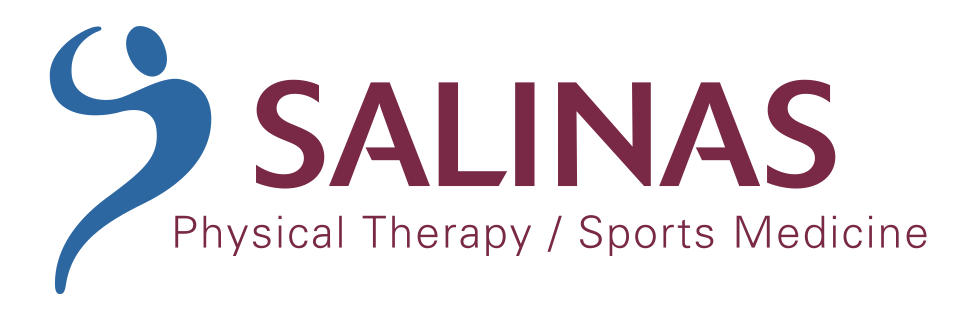
Phone: (714) 695-1566
Fax: (714) 695-1553
Email: info@salinaspt.com
23655 Via Del Rio, Suite C
Yorba Linda, CA 92887



Ruben Salinas is the founder and president of Salinas PT.
According to the World Health Organization, falls are the second leading cause of accidental death worldwide. One in four adults age 65 and older fall each year, and account for more than 95% of hip fractures among older adults. Every second of every day, an older adult falls in the US, resulting in 36 million falls yearly. Of those that fall, approximately 8 million are injured. In 2018 more than 32,000 older adults died from falls. In addition, falling once doubles your chances of falling again.
It is not uncommon that after suffering a fall, older adults develop a fear of falling, causing them to be less active. Falls can also be costly, costing the US 50 billion dollars each year. By 2030 one in five Americans will be 65 and older. At this rate, if nothing is done to prevent falls, it is estimated that there will be 52 million falls annually.
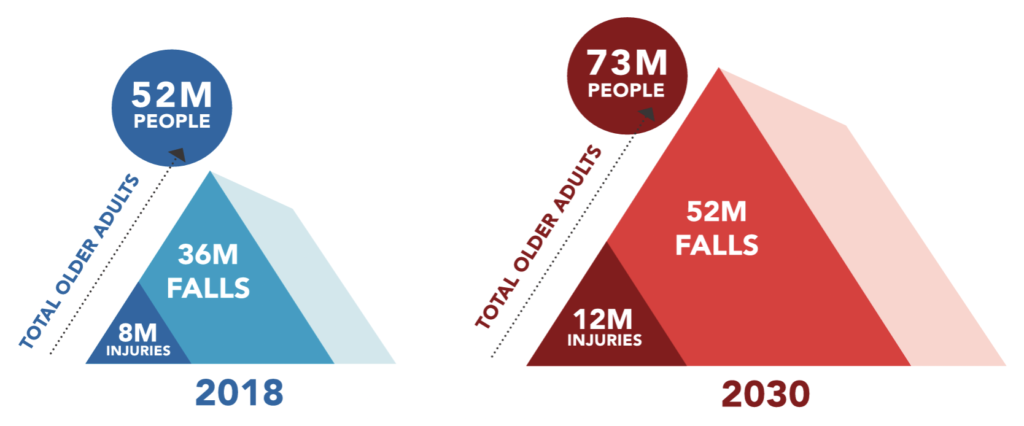
Image Source: CDC – STEADI Older Adult Fall Prevention
As we get older, we begin to lose some of our physical capabilities. Our muscle strength naturally declines about 3-8% every decade after age 30. Losing muscle strength affects our balance and coordination, making recovering difficult after a stumble. The following are a few additional factors that increase the risk:
Other causes, such as impaired vision, improper footwear, leg weakness, and orthostatic hypotension, can all increase the odds of experiencing a fall. Most falls are caused by a combination of risk factors. The more risk factors a person has, the more likely to experience a fall.
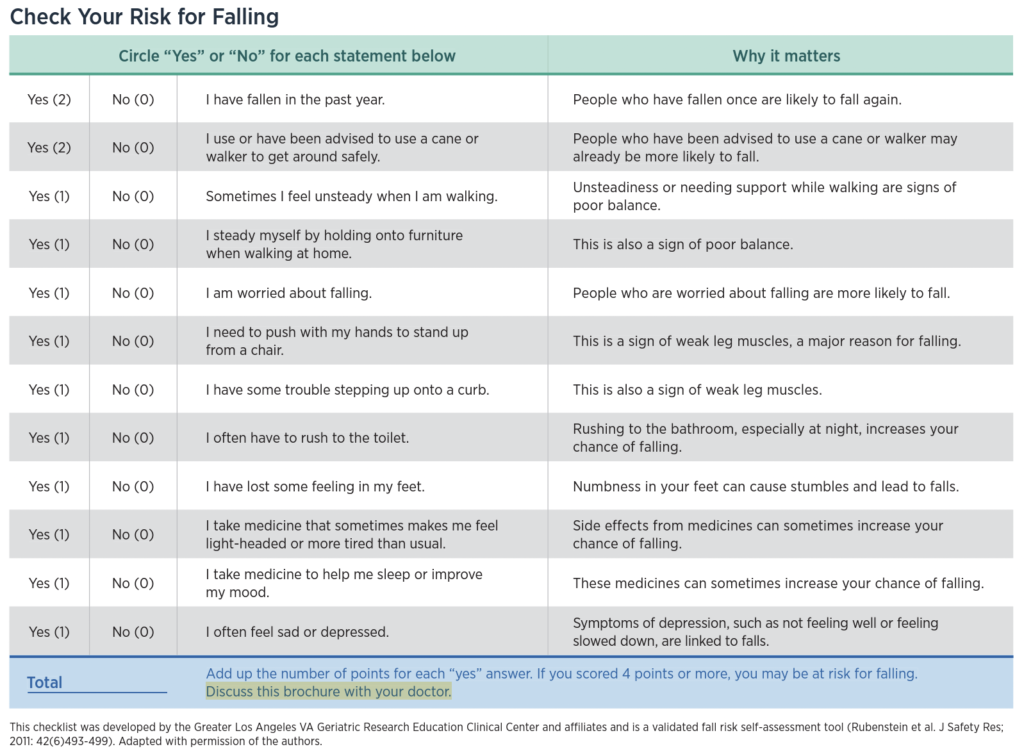
It is recommended for adults 65 and older to get screened annually for fall risk. The CDC‘s STEADI initiative offers a coordinated approach to implementing guidelines comprised of 3 core elements: Screen, Assess, and Intervene.
This first step in the screening process is to answer 3 key questions:
If you answered Yes, to any of these three questions, you may be at risk of falling and should be evaluated further. As previously mentioned, people who have fallen in the past are at a higher risk of falling again. This is partially due to acquiring a fear of falling which leads to avoiding activities that can mitigate the risk.
The CDC’s Stay Independent brochure provides a 12-question fall risk self-assessment tool. Answering these 12 questions will help you identify if you are at risk for falling. Scores 4 and above indicate that you may be at risk
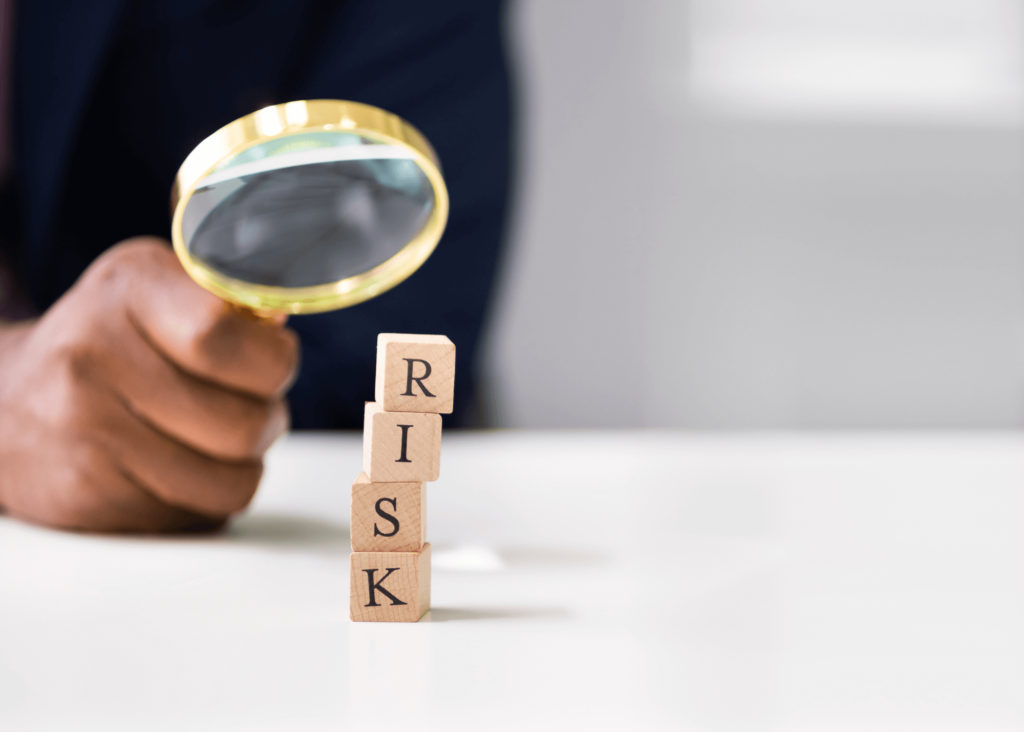
Gait impairments, balance deficits, and muscle weakness are all risk factors that should be assessed. Our team can perform strength testing and several balance-specific tests to identify the severity of your fall risk. Tests like the Timed Up and Go (TUG) test, the BERG balance scale, and the 4 Stage Balance Test are 3 validated tools we use to identify fall risk.
1. The Tug Test
The TUG test is a simple tool that measures walking speed over a 10-foot span from a seated position. Based on normative values, the time it takes to rise from a chair, complete the 10-foot span and return to a seated position safely can indicate fall risk levels.
2. The BERG Balance Scale
The BERG Balance Scale consists of 14 objective measures to assess static balance in adult populations. The BERG scale tests non-vestibular balance and functional mobility through static and dynamic activities of varying difficulty. Your ability to complete each objective will be scored and compiled into an overall score.
3. 4-Stage Balance Test
The 4 Stage Balance Test is designed to assess static balance in 4 different standing positions. Each standing position is progressively more challenging.
Being transparent is one of the best ways to reduce the risk of falling. Talking openly with your healthcare provider, family or loved ones and learning prevention strategies is the first step to improving your safety. Healthcare providers will assess your condition(s) and recommend the appropriate care based on their findings. In addition, it may be a good idea to consult with a doctor or pharmacist to review your medications for any potential side effects that would increase your odds of falling.
We firmly believe one of the best ways to mitigate fall risk is to become more stable on your feet. Physical therapists are trained to identify muscle imbalances, gait patterns, and deficiencies that can increase your risk of falling. Physical therapists will evaluate your movement patterns and prescribe exercise programs to target your deficiencies. They can also recommend lifestyle modifications contributing to your overall strength and stability. In short, the old adage “move it or lose it” rings true when it comes to preventing the devastating results of falling.
Another challenge among the aging population is eye health. Replacing glasses or updating your prescription gives your the best chance of seeing potential hazards.
While most of the strategies listed above involve speaking with a healthcare provider, there are several things you can do at home to reduce the risk of falling. The CDC has compiled a fall prevention checklist. This checklist addresses flooring, bedrooms, stairs/steps, and general living spaces to help you become proactive at preventing falls in your home.
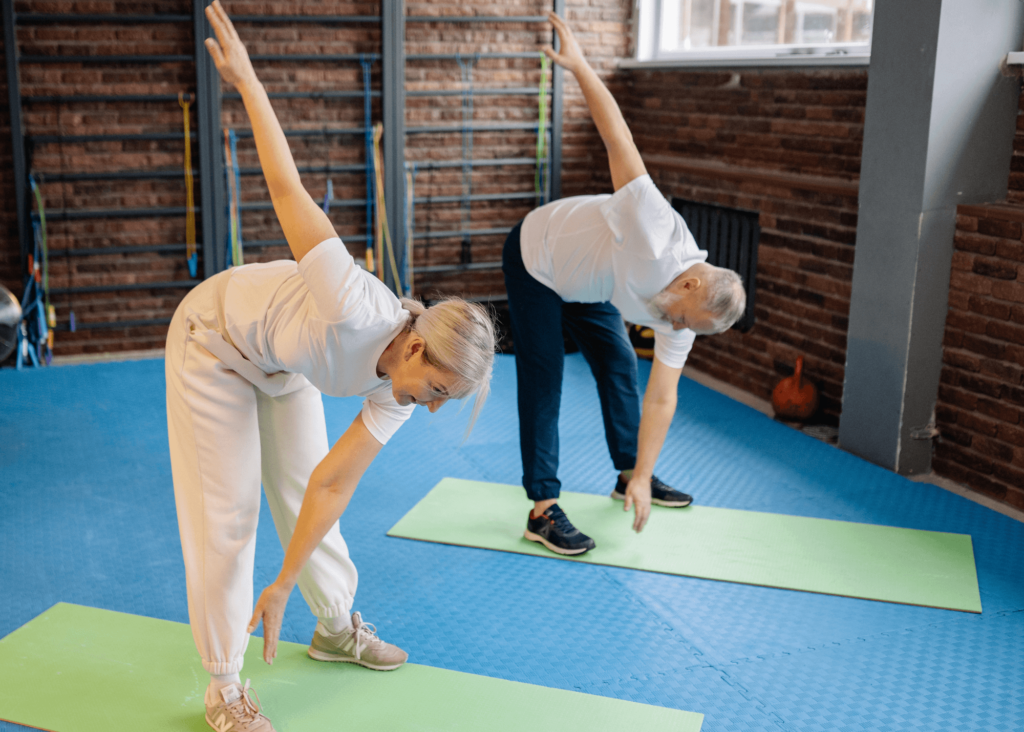
Falls are common in adults 65 and older, but they are not part of the normal aging process. In 2015 alone, it’s estimated that one in four older adults reported falling and more than 28,000 older adults died as a result of falling – that is 74 older adults every day. Falls can cause injuries, loss of independence, and in some cases, death. With fall risk on the rise, we must take a proactive approach to slow the curve. As healthcare providers, caretakers, and family member we have the responsibility to educate this population on the risks.
References:
[1] https://www.who.int/news-room/fact-sheets/detail/falls [last accessed 5/13/24]
[2] https://www.cdc.gov/falls/index.html [last accessed 5/14/24]
[3] https://www.cdc.gov/steadi/index.html [last accessed 5/14/24]
[4] https://www.cdc.gov/steadi/pdf/steadi-brochure-checkforsafety-508.pdf [last accessed 5/14/24]
Disclaimer: The information provided on SalinasPT’s website is for general informational purposes only and should not be considered a substitute for professional medical advice. We strive to ensure the accuracy and timeliness of the information. By using this website, you acknowledge that you assume full responsibility for any actions takes by the information provided and we disclaim all liability for any damages or consequences resulting from such actions. Always consult a qualified healthcare professional for personalized medical advice and treatment.